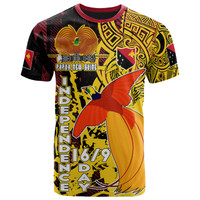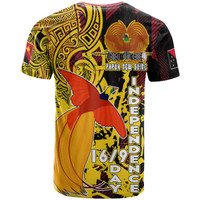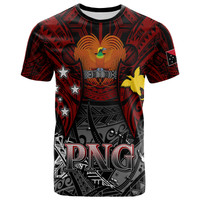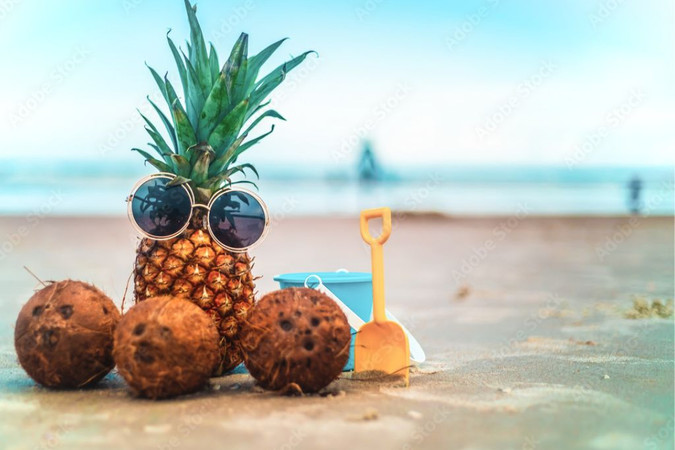Discover The Meaning Of Pineapple In Hawaiian Culture
Posted by Anna on 6th Feb 2023
It's hardly surprising that you see pineapples everywhere in Hawaii because pineapples have come to stand in for tranquil tropical locales. Let's explore the meaning of pineapple in Hawaiian culture.
What is the Hawaiian culture's meaning behind pineapple?
The pineapple is a representation of welcome, joy, and the laid-back hospitality that the Hawaiian Islands are renowned for.
The pineapple is a staple of Hawaiian food and is frequently used in both sweet and savory dishes. However, pineapples aren't just for eating. They look great as cocktail garnishes, dessert spread centerpieces, or at luaus.
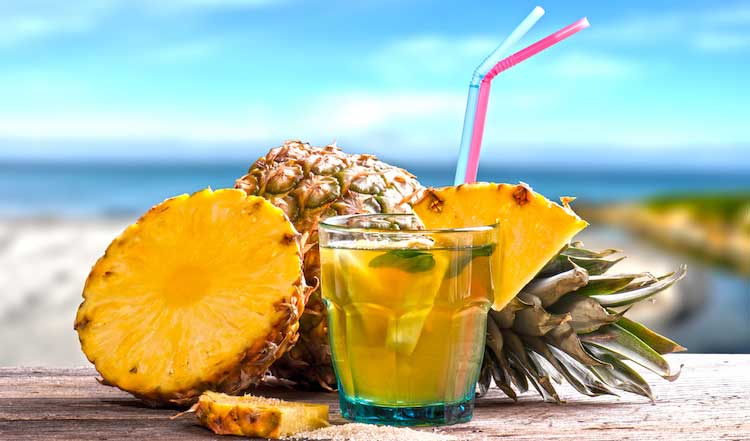
Hawaiian pineapple
Because they stand out in even the most opulent fruit dishes, it is simple to understand how pineapples came to be linked with happy times.
But things weren't always like this. In reality, there weren't any pineapples in Hawaii for a very long period.
If you are interested in Hawaiian Pineapple Home Sets, please visit our online store HERE. In particular, we have a 15% discount code exclusively for the readers reading this article! Please insert code: POLYBLOG15 for your cart. Happy shopping!
What does pineapple name mean in Hawaiian culture?
The Hawaiian word for pineapple is "Hala Kahiki," which approximately translates to "strange fruit" in English. A fruit called hala can be found on the islands. It has a prickly exterior similar to that of a pineapple. The pineapple was considered to be a foreign variant of the hala fruit when Europeans brought it to Hawaii.
Pineapple doesn't come from Hawaii
Pineapples are a South American fruit that was likely initially discovered in Paraguay or Brazil. They quickly migrated over the West Indies and up to Mexico, covering the entire continent. In 1493, while visiting Guadeloupe, Christopher Columbus tasted the fruit for the first time and carried it back to Europe.
The pineapple gained popularity among Europeans quite rapidly, and they came to see it as a status symbol. However, in the climate of Europe, they were practically impossible to cultivate.
It's unclear exactly when the pineapple arrived in Hawaii for the first time.
Pineapples were an excellent fruit for sea trips, so it's possible that when the Spanish first landed in Hawaii in the 16th century, they brought some with them. They were used to clean the ships and are rich in vitamin C, which helps prevent scurvy.

Pineapples
Although commercial pineapple farming began in Hawaii in the 1880s, it didn't really take off until James Drummond Dole's company relocated there in 1903.
Hawaii supplied 80% of the canned pineapple that was marketed globally by the 1960s. Even the term "Hawaiian pineapple" was promoted as a mark of excellence.
These prosperous years were brief. Large canning factories have all been shut down. Thailand, the Philippines, and Indonesia are now home to growing pineapple. Hawaii now only exports fresh pineapples, and only on a very modest basis.
Despite the absence of the fields, Hawaii continues to be associated with pineapples.
If you are interested in Hawaiian Pineapple Hoodies, please visit our online store HERE. In particular, we have a 15% discount code exclusively for the readers reading this article! Please insert code: POLYBLOG15 for your cart. Happy shopping!
The bond between pineapple and Hawaii
Without a doubt, the pineapple played a significant part in the island's recent history. That still leaves some questions unanswered on how the pineapple came to be so closely identified with Hawaii. After all, Hawaii has a wide variety of mouthwatering fruits.
The relationship between Hawaii and the fruit was emphasized in marketing materials as the pineapple industry grew to be one of the island's major industries. Publications, brochures, and significant tourism advertisements all highlighted pineapples as a way to entice readers to visit Hawaii.

Hala Kahiki
But there was more than simply a commercial connection between the two.
The fruit was clearly well-liked by the inhabitants, and pineapples started to play a significant role in Hawaiian cuisine. Pineapple, which has a tropical and sweet scent, was also used in Hawaii-based cosmetic products. The pineapple and Hawaii firmly merged into the rest of the world.
The pineapple is still frequently seen today in Hawaii as a representation of the islands' warm weather and tropical pleasure.
Amazing facts about Hawaiian pineapple
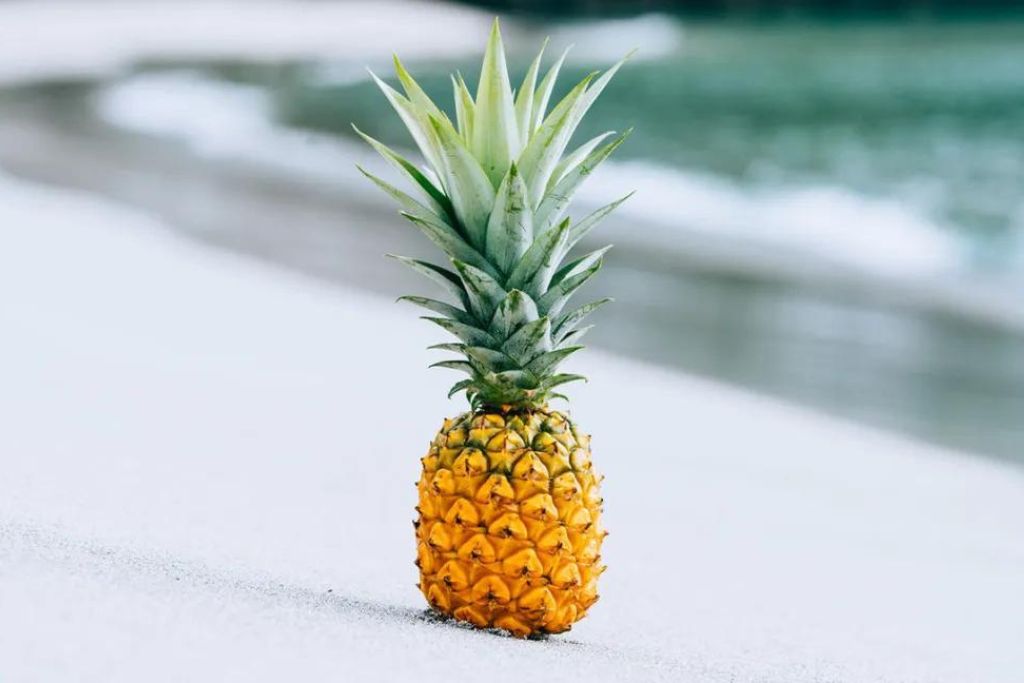
Hawaiian pineapple
- Pineapple is a fruit made up of numerous berries that have grown together, not an apple or a pine tree.
- Although pollination of pineapples is necessary for the development of seeds, the presence of seeds degrades the fruit's quality. Hummingbirds, honey bees, and pineapple bees are potential pollinators for pineapples. This is why importing hummingbirds is forbidden in Hawaii.
- The best pineapples in Hawaii in terms of sugar content and sugar-acid balance are those that are grown at an altitude of about 300 m.
- Smoke can be used to mislead pineapples into blossoming. On the Azores Islands, smoke was used to make the first discovery of this. Later studies revealed that ethylene was the substance in the smoke that caused the blossoming. Nowadays, the forced flowering of pineapples is a common practice in Hawaii since it enables the year-round production of fruits.
- In the last few decades, Hawaii's pineapple production has drastically plummeted. Only a small percentage of the peak harvest volume remains now.
- Only fresh pineapples are now shipped from Hawaii since the final pineapple cannery shut down in 2006. This is made possible by recent improvements in pineapple agriculture, which have led to the production of sweeter, more transportable pineapples.
Check out our Hawaiian Pineapple Car Seat Covers at HERE. In particular, we have a 15% discount code exclusively for the readers reading this article! Please insert code: POLYBLOG15 for your cart. Happy shopping!



